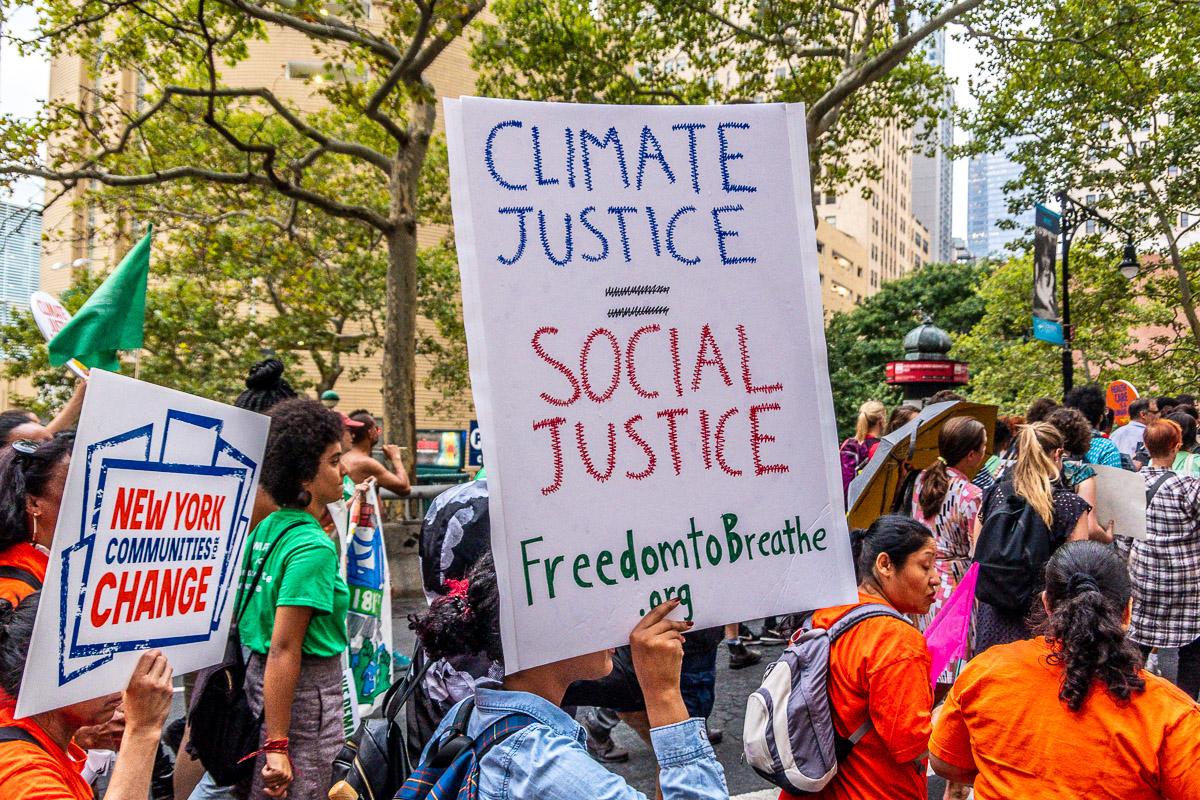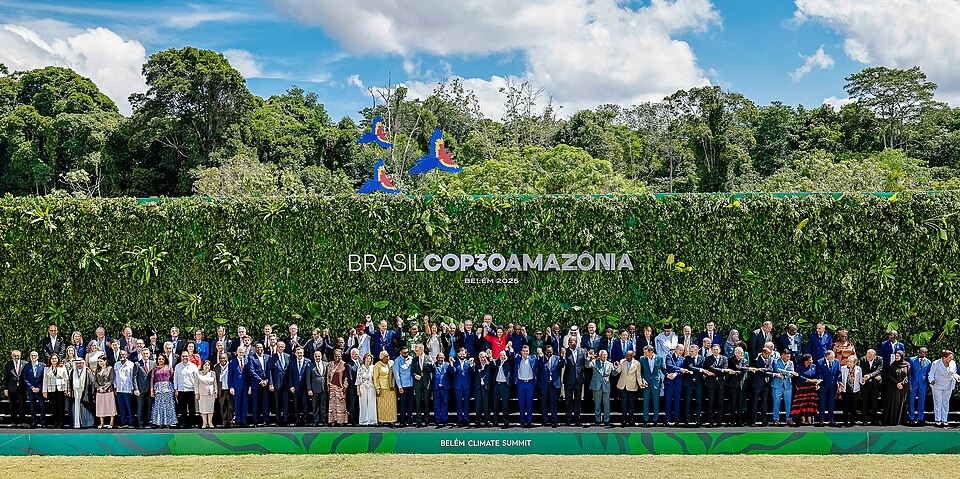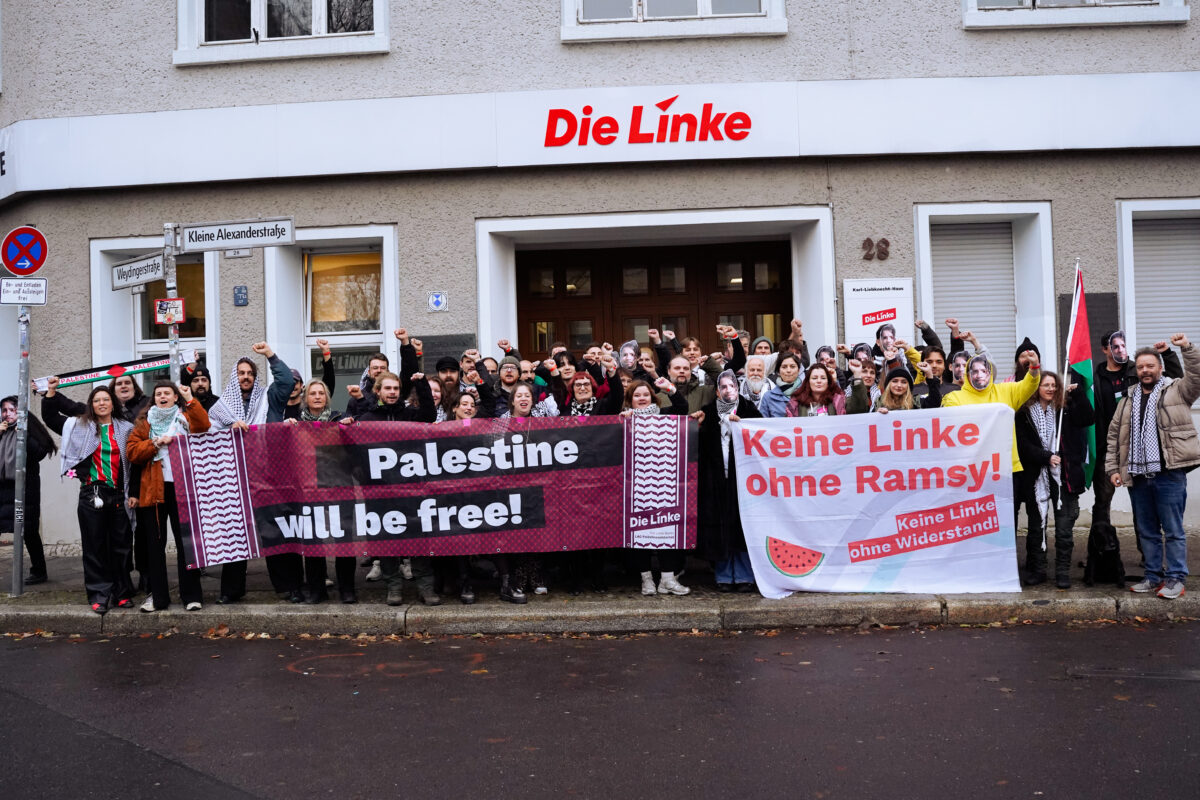The human cost of mass attacks is measured in lives lost and families displaced. However, a growing body of evidence from international organizations points to another, more enduring casualty: the environment. From the rubble-strewn landscape of Gaza to the fire-scorched lands of Lebanon and the industrial sites of Iran, military actions are unleashing long-term ecological disasters that poison the land, water, and air, threatening the foundation of life itself long after the fighting stops.
Gaza: An Unprecedented Environmental Collapse
In the Gaza Strip, the scale of environmental damage is so severe that experts are describing it as unprecedented.
A Toxic Tide of Rubble: The conflict has generated an estimated 50 to 61 million tons of debris, much of which contains hazardous materials like asbestos, unexploded ordnance, and human remains. The UN Environment Programme (UNEP) warns that clearing this rubble could take up to 14 years and poses a severe risk of contaminating soil and groundwater.
Systemic Water Contamination: The destruction of water and sanitation infrastructure has led to a catastrophic water crisis. With 85% of water facilities inoperable, over 100,000 cubic meters of raw or poorly treated sewage are being discharged into the Mediterranean Sea every day, polluting the coastline and the aquifer. This has left over 90% of Gaza’s water unfit for human consumption, creating a breeding ground for waterborne diseases.
Deliberate Destruction of Agriculture: Satellite data shows that the conflict has destroyed or damaged approximately 80% of Gaza’s tree cover, including thousands of olive trees, and over two-thirds of its cropland. This systematic destruction of farmland and orchards has not only wiped out food sovereignty but also stripped the land of its natural defenses against desertification.
A Massive Climate Footprint: The climate cost of the war is substantial. A study shared with The Guardian found that the long-term carbon footprint of the first 15 months of the conflict, including future reconstruction, could exceed 31 million tonnes of CO₂ equivalent—more than the annual emissions of many individual countries.
A Regional Pattern of Environmental Damage
The environmental impact of conflict is not confined to Gaza. A similar pattern of ecological damage is evident across the region.
In Lebanon, Israeli military actions have caused widespread destruction. Satellite data shows over 10,800 hectares burned in southern Lebanon in 2024, an area four times the size of Beirut . The use of white phosphorus munitions has been documented, igniting hundreds of fires that have destroyed prime farmland and damaged forests. An attack on the Jiyeh power station in July 2024 also caused a 10,000-ton oil spill into the Mediterranean, creating a major marine disaster.
In Syria, a report from the Quneitra Governorate detailed the “complete destruction” of the 186-hectare Kodna Forest, a 40-year-old natural treasure, with total environmental damages estimated at over $100 million. Furthermore, inspectors found traces of anthropogenic uranium at a site bombed by Israel, raising concerns about long-term radiological and chemical contamination.
In Iran, even a short, 12-day war in 2025 had significant environmental consequences. Strikes on oil refineries and a gas depot in Tehran led to major fires, releasing an estimated 47,000 tonnes of greenhouse gases and nearly 579,000 kg of airborne toxins into the atmosphere. Attacks on nuclear facilities, including Natanz and Fordo, prompted warnings from the International Atomic Energy Agency (IAEA) about potential radiological contamination.
Legal Reckoning and a Long Road to Recovery
The systematic nature of the environmental destruction has led to calls for legal accountability. Research groups and Palestinian environmental organizations have called for the Israeli government to be investigated for the Rome Statute war crime of ecocide, which prohibits “widespread, long-term and severe damage to the natural environment“.
Recovery, however, will be a monumental task. A joint World Bank, UN, and EU assessment estimated that rebuilding Gaza would cost $53.2 billion over the next decade, with a significant portion needed for environmental recovery and restoring water and sanitation systems. As one expert starkly put it, the scale of destruction is such that Gaza’s environment may have been pushed to a point where it can no longer sustain life.
The environmental devastation documented across the Middle East serves as a stark reminder that the true cost of modern warfare is not only tallied in immediate casualties but in the prolonged, silent suffering of a poisoned ecosystem. Ensuring accountability and a clean, healthy environment for future generations must become a non-negotiable pillar of any lasting peace.




